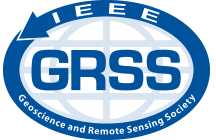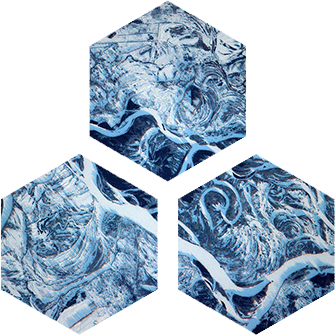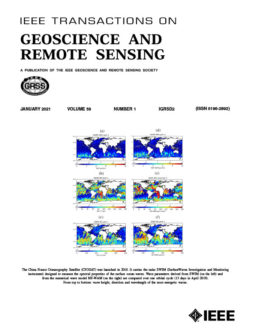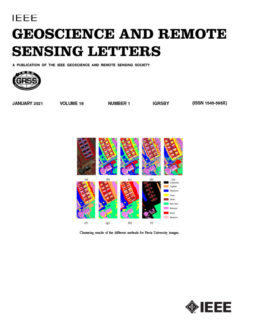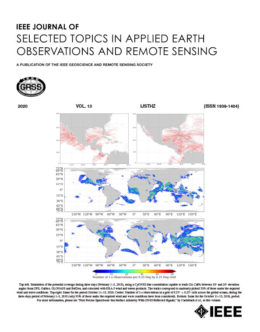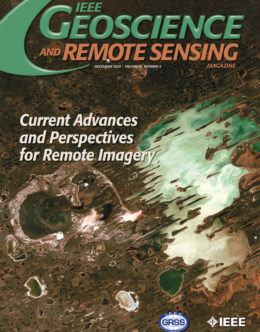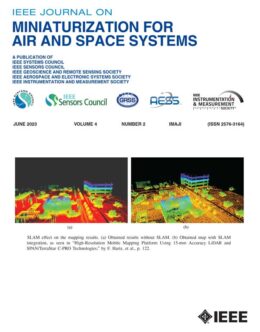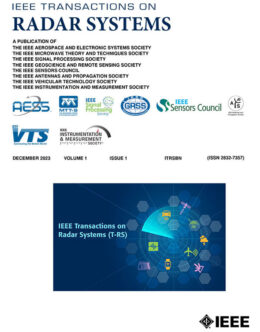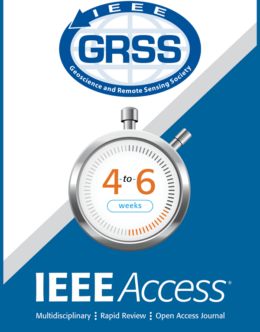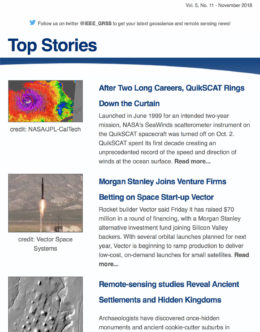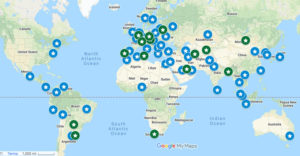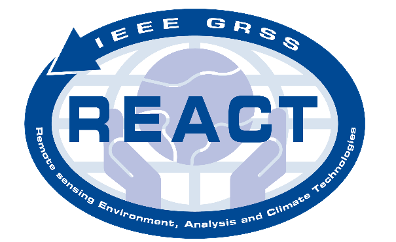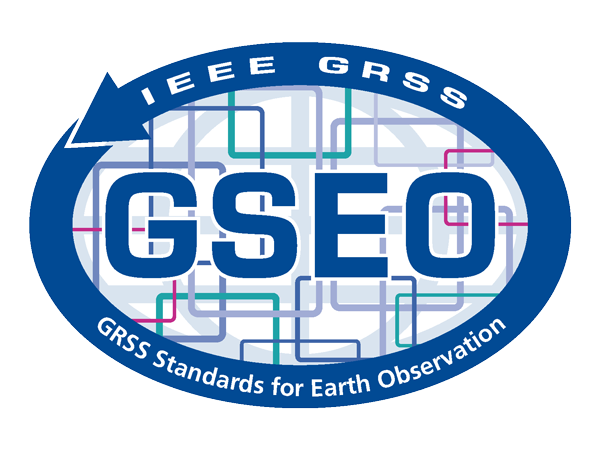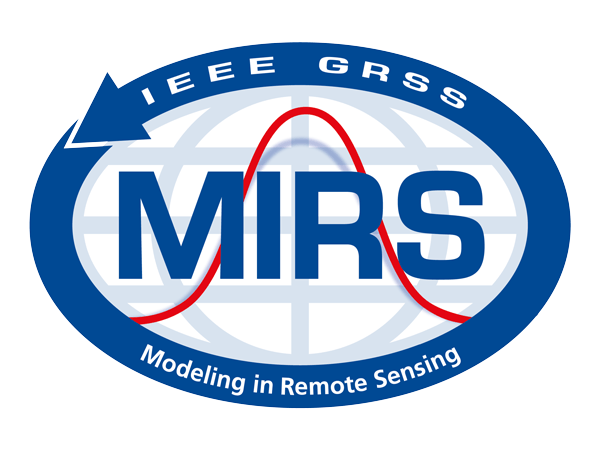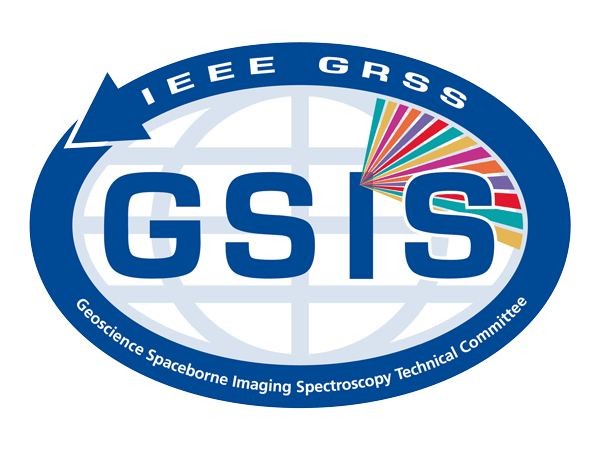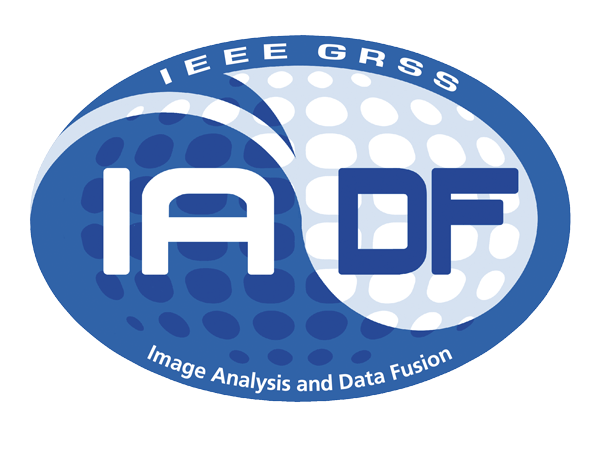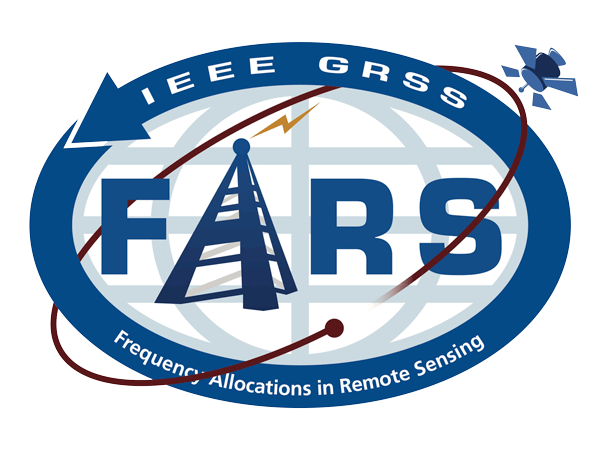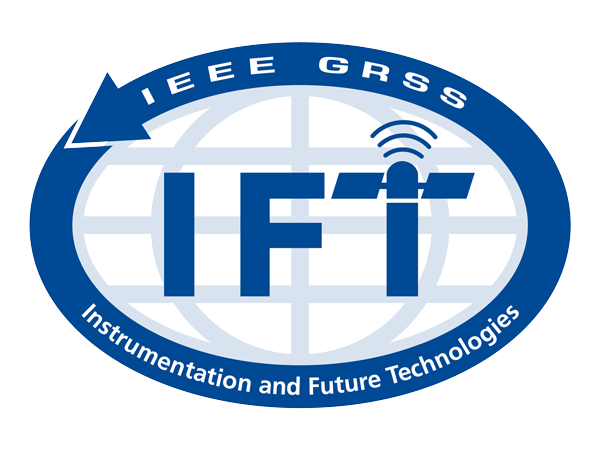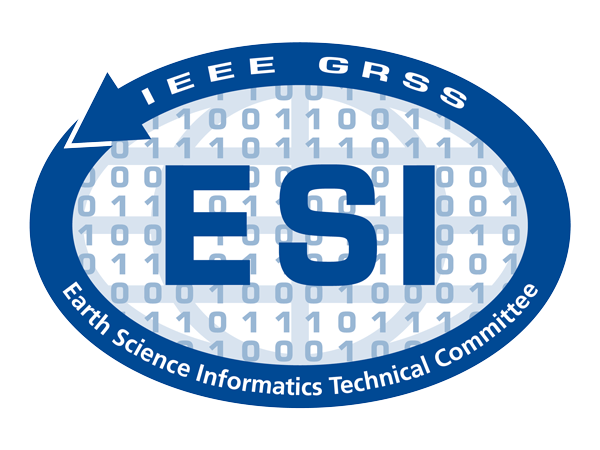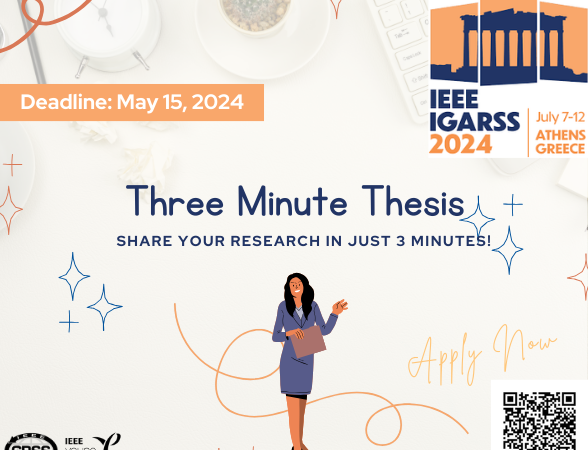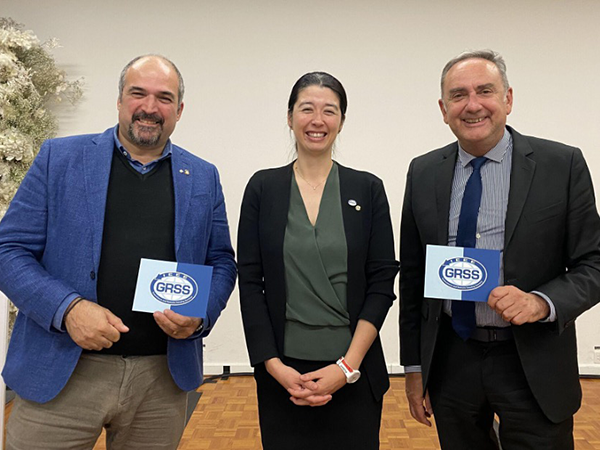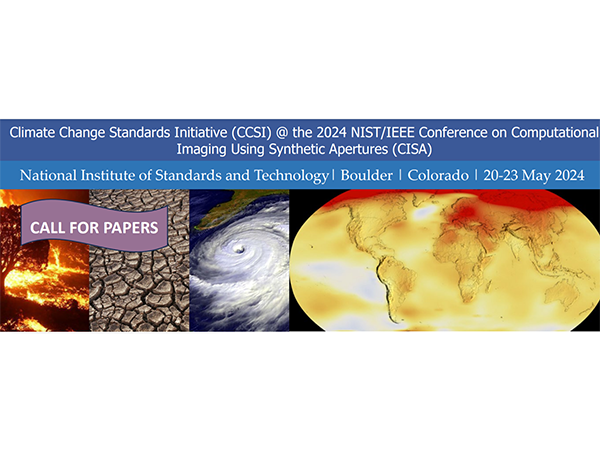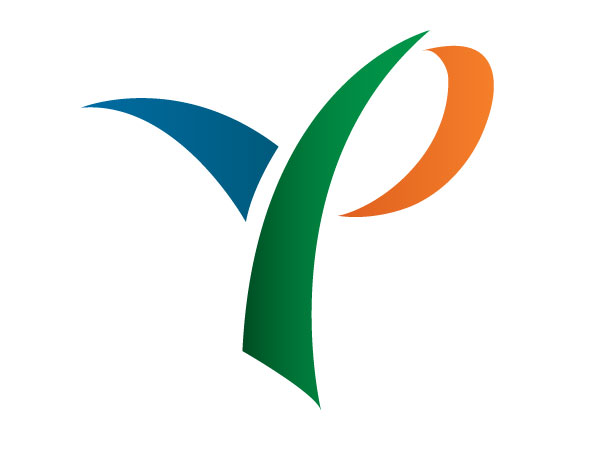Information for Authors
Subject Matter
The IEEE Journal of Selected Topics in Applied Earth Observations and Remote Sensing (hereafter referred to as JSTARS) is a monthly publication for applied papers on remote sensing and earth observations. Papers should address current issues and techniques in applied remote and in situ sensing, their integration, and applied modeling and information creation for understanding the Earth. Applications are for the Earth, oceans and atmosphere. Topics can include observations, derived information such as forecast data, simulated information, data assimilation and Earth information techniques to address science and engineering issues of the Earth system. The technical content of papers must be both new and significant. Experimental data must be complete and include sufficient description of experimental apparatus, methods, and relevant experimental conditions.
Submitting Papers
Authors are required to submit electronically using the website mc.manuscriptcentral.com/jstars. Instructions for creating new user accounts, if necessary, are available on the login screen. No other manners of submission are being accepted. Papers should be submitted in double column, single-spaced format. Manuscript template in such a format can be downloaded at journals.ieeeauthorcenter.ieee.org/create-your-ieee-journal-article/authoring-to…. For questions concerning the process, or for assistance with the submission, please write to jstars-editor@ieee.org, or by fax to +1–732–562–0545.
English Language Editing Services
English language editing services can help refine the language of your article and reduce the risk of rejection without review. IEEE authors are eligible for discounts at several language editing services; visit the IEEE Author Center to learn more. Please note these services are fee-based and do not guarantee acceptance.
Style
JSTARS is addressed to readers with a wide variety of interests. The author should refrain from using terminology that may not be familiar to readers and carefully explain terminology that is used. In addition, the author should provide brief introductory remarks and references that will permit the reader to relate the paper to other work in the author’s field of specialty. Clarity of both writing and illustrations is required. JSTARS is published only in English, and the use of correct English is required of all authors. Thus, contributors for whom English is not a native language should have their papers edited for style, form, grammar, and spelling suitable for publication prior to submittal to JSTARS. Papers should be accompanied by brief biographies and clear photographs of the authors.
Submission of a manuscript is assurance that it has not been copyrighted, published, or accepted for publication elsewhere; that it is not currently being considered for publication elsewhere; and that it will not be submitted elsewhere while under consideration by JSTARS, unless the author states otherwise.
Writing/Preparing Abstracts
The abstract must be a concise yet comprehensive reflection of what is in your article. In particular:
• The abstract must be self-contained, without abbreviations, footnotes, or references. It should be a microcosm of the full article.
• The abstract must be between 150–250 words. Be sure that you adhere to these limits; otherwise, you will need to edit your abstract accordingly.
• The abstract must be written as one paragraph, and should not contain displayed mathematical equations or tabular material.
• The abstract should include three or four different keywords or phrases, as this will help readers to find it. It is important to avoid over-repetition of such phrases as this can result in a page being rejected by search engines.
• Ensure that your abstract reads well and is grammatically correct.
Graphical Abstract
This journal accepts graphical abstracts and they must be peer reviewed. For more information about graphical abstracts and their specifications, please visit the following link: www.ieee.org/publications_standards/publications/graphical_abstract.pdf
References and Figure Captions
References must be in IEEE style, which is as follows:
Papers: J. K. Author, “Title of paper,” Title of Journal, vol. n, no. n, pp. nnn–nnn, month, year.
Books: J. K. Author, Title of Book. Location of Publisher: Name of Publisher, ch. 1, pp. nnn–nnn
Figure captions should be sufficiently clear so that the figures can be understood without detailed reference to the accompanying text. Axes of graphs should have self-explanatory labels, not just symbols (e.g., Electric Field rather than E).
Illustrations and Tables
Graphics file names should be lower case and named fig1.eps, fig2.tif, etc. Supported graphics types are EPS, PS, TIFF, or graphics created using Word, Powerpoint, Excel or PDF. Not acceptable is GIF, JPEG, WMF, PNG, BMP or any other format (JPEG is accepted for author photographs only). The provided resolution needs to be at least 600 dpi (400 dpi for color).
Page Numbers
Number all pages, including illustrations (which should be grouped at the end), in a single series with no omitted numbers. Identify figures by number and author’s name.
Review Process
The articles in this journal are peer reviewed in accordance with the requirements set forth in the IEEE PSPB Operations Manual (sections 8.2.1.C & 8.2.2.A). Each published article was reviewed by a minimum of two independent reviewers using a single-blind peer review process, where the identities of the reviewers are not known to the authors, but the reviewers know the identities of the authors. Articles will be screened for plagiarism before acceptance.
Page Charges
Beginning 1 January 2024, JSTARS is a fully open-access journal. For a limited time, the Geoscience and Remote Sensing Society (GRSS) is subsidizing the APC and offering a special rate of $1496 USD. This offer cannot be combined with any discounts.
Author Names in Native Languages
IEEE supports the publication of author names in the native language alongside the English versions of the names in the author list of an article. For more information, please visit the IEEE Author Center at journals.ieeeauthorcenter.ieee.org/create-your-ieee-journal-article/create-the-t….
Copyright
This journal is 100% open access, which means that all content is freely available without charge to users or their institutions. All articles are published under a CC BY 4.0 license, and the author retains copyright. Users are allowed to read, download, copy, distribute, print, search, or link to the full texts of the articles, or use them for any other lawful purpose, as long as proper attribution is given.
Open access is provided through the payment of an article processing charge (APC) paid after acceptance. APCs are often financed by an author’s institution or the funder supporting their research.
ORCID Required
All IEEE journals require an Open Researcherand Contributor ID (ORCID) for all authors. ORCID is a persistent unique identifier for researchers and functions similarly to an article’s Digital Object Identifier (DOI). ORCIDs enable accurate attribution and improved discoverability of an author’s published work. The author will need a registered ORCID in order to submit a manuscript or review a proof in this journal.
Manuscript Submittal Checklist
Number all pages of a manuscript in a single series with no omitted numbers; edit manuscript for correct English usage; provide complete mailing address, telephone, and FAX numbers of corresponding author (include country and city codes); brief biography and photo for each author.
While the list of processing programs acceptable to IEEE electronic production is almost endless, there are preferred programs that enable the preservation of the greatest amounts of information. TeX and LaTeX are preferred. An IEEE LaTeX style file, IEEEtrans.sty, is obtainable by authors who e-mail a request to help@ep.ieee.org. The following points are important to remember when submitting electronic manuscripts in TeX and LaTeX. 1) Include all macros (\def) that are required to produce your document. 2) IEEE Transactions style dictates a 21-pica (3.5-in) column width. If mathematical phrases are produced with this in mind, they are apt to appear aesthetically pleasing in the final version. It is suggested that authors keep user-defined macros to a minimum.
Digital Object Identifier 10.1109/JSTARS.2020.2984062
